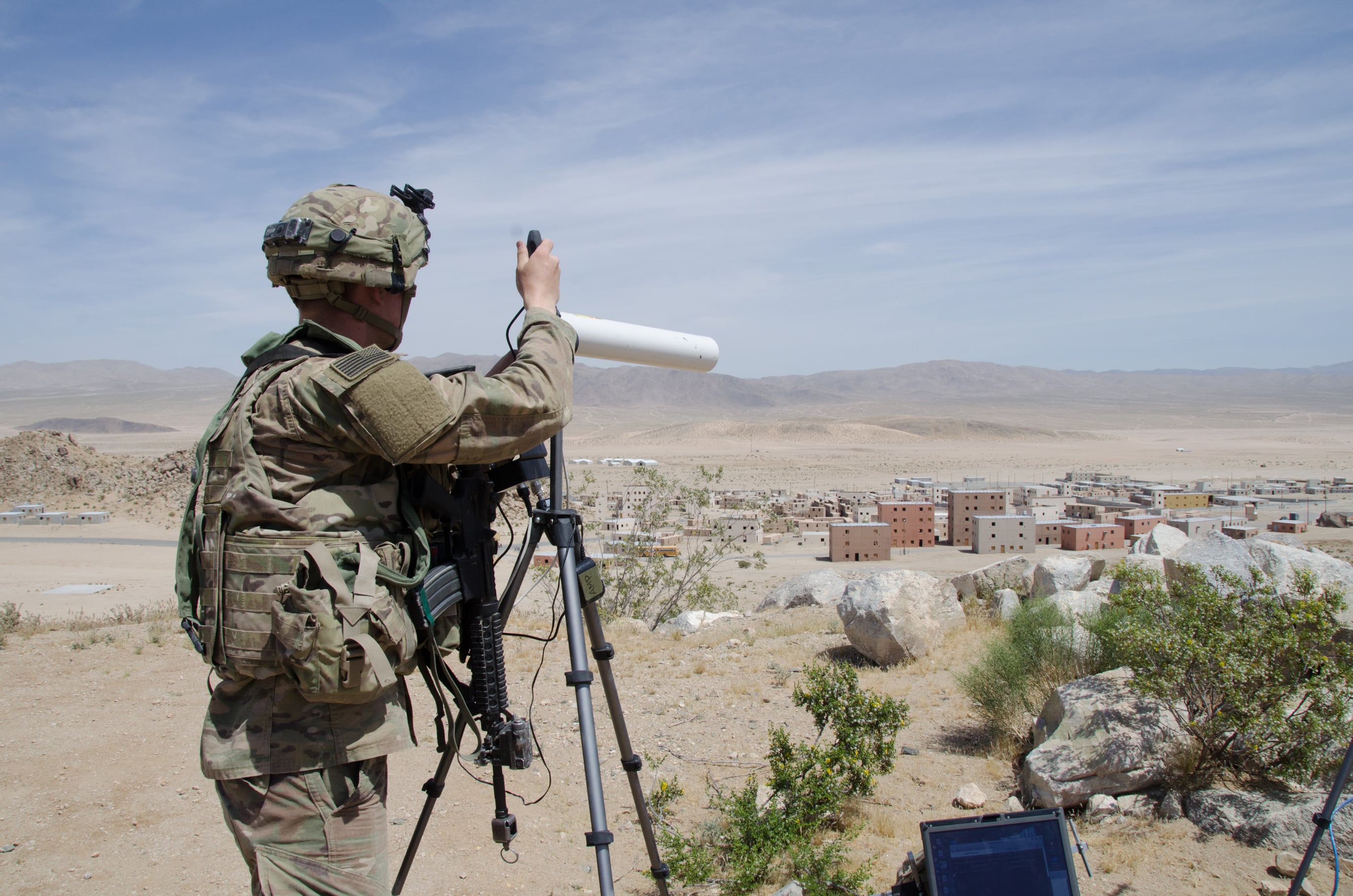The Army plans to launch a new company-level unit in fiscal 2021 to support information warfare efforts, according to military officials, under the purview of the 915th Cyber Warfare Battalion, with a contract already awarded to its parent battalion.
During the last year, the Army already activated its first two companies under 915th.
The 915th is relatively new. It was created by Army Cyber Command and consists of 12 teams that support brigade combat teams or other tactical formations. These “fly away” teams, as some officials call them, would help plan tactical cyber operations for commanders in theater and unilaterally conduct missions in coordination with forces in the field. However, that will require interoperable equipment within the brigade.
“The 915 CWB provides Army Cyber Command insight on how to integrate and support cyber and electronic warfare operations from the Brigade to Army Service Component Command echelons,” Lt. Col. Matt Davis, the head of the 915th, told C4ISRNET in a statement.
These forces are the tactical manifestation of where the Army is moving in the information warfare sphere, with expeditionary cyber teams conducting local cyber and radio frequency-enabled operations. The 915th has already activated the first expeditionary cyber team and will add to that in the next year.
What is the new contract for?
L3Harris Technologies recently won a contract to equip these units under the 915th. However, unlike traditional capabilities, such as rifles, these units will primarily use backpacks that plug into new electronic warfare and cyber equipment the Army plans to field in the early 2020s.
The Tactical Cyber Equipment-C4ISR/EW Modular Open Suite of Standards (CMOSS) Chassis (TCE-CC) is meant to provide the foundation for an expandable, modular, frequency-agile and soldier-portable capability for conducting spectrum surveys and delivering area-wide and targeted cyber/electromagnetic activities (CEMA) effects at the tactical edge, a spokesman for the Army’s Program Executive Office Intelligence, Electronic Warfare and Sensors, told C4ISRNET.
Col. Kevin Finch, program manager for electronic warfare and cyber within PEO IEW&S, said these capabilities will benefit cyber warriors.
“These capabilities are going to enable our cyber troops to be able to effect [radio frequency]-enabled cyber at the tactical edge. These capabilities will be fielded to the teams that will be sliced to [brigade combat teams] and enable them to conduct RF-enabled cyber,” he said June 10 during a presentation at Aberdeen Proving Ground, Maryland.
The systems these tactical cyber teams will leverage and plug into using the TCE-CC include the forthcoming Terrestrial Layer System Large — an integrated signals intelligence, electronic warfare and cyber platform mounted on ground vehicles — and the Multi-Functional Electronic Warfare Air Large — the Army’s first organic brigade electronic attack asset mounted on an MQ-1C Gray Eagle drone.
Finch told C4ISRNET in October that the service wants these flyaway units to be compatible with the capabilities of the brigades.
Sources have also noted that these expeditionary cyber teams have tested capabilities with similar systems and prototypes such as the Tactical Electronic Warfare System, a bridge capability for the Terrestrial Layer System that is used by forces in Europe.
One source told C4ISRNET that extra training is required to prepare for cyber and RF-enabled operations, something personnel in the average brigade wouldn’t go through, which is why these units will need the specially trained and equipped 915th expeditionary cyber teams that will augment a brigade as needed.
So far, the 915th has supported 10 Army exercises and 16 other events, Davis said. He recognized that the coronavirus pandemic has impacted these events, but said the battalion was able to provide remote support.
Keeping pace with adversaries
Open architecture-based systems are a key to the Army keeping pace in the rapidly evolving information warfare space, as such technology allows for quick upgrades.
The CMOSS open-architecture requirement the Army has instituted for several of its electronic warfare, signals intelligence and cyber systems will allow the service to insert new capabilities on demand.
Finch explained in June that the Army would previously run into vendor lock if it chose a particular box. With the CMOSS open architecture, it allows the service to more quickly integrate new capabilities because it’s usually just a matter of inserting a new software-based computer card. This also helps the Army better deal with obsolesce because if a new or better technology emerges, it can quickly integrate the tech into existing systems.
This rapid insertion of technology also allows the Army to stay ahead of threats. And if new threats pop up? The service can quickly address it with a software fix or a new card plugged into the system.
Mark Pomerleau is a reporter for C4ISRNET, covering information warfare and cyberspace.








